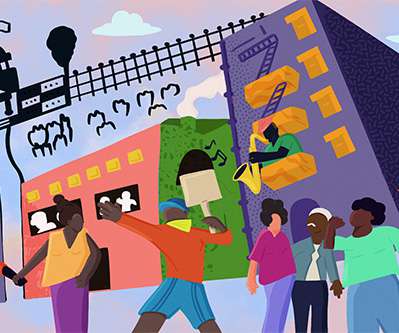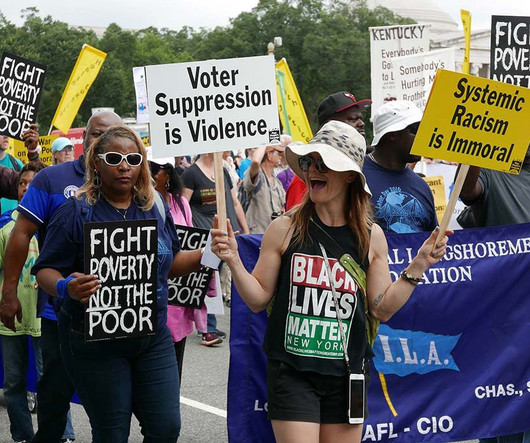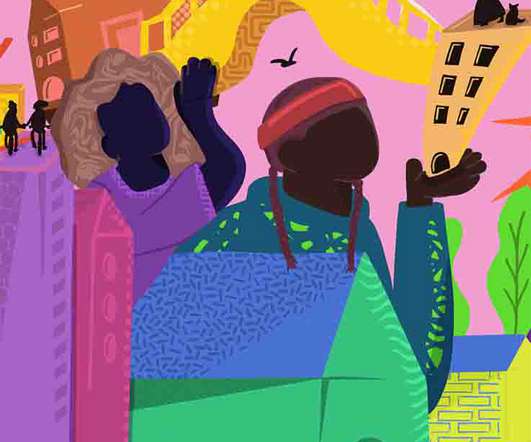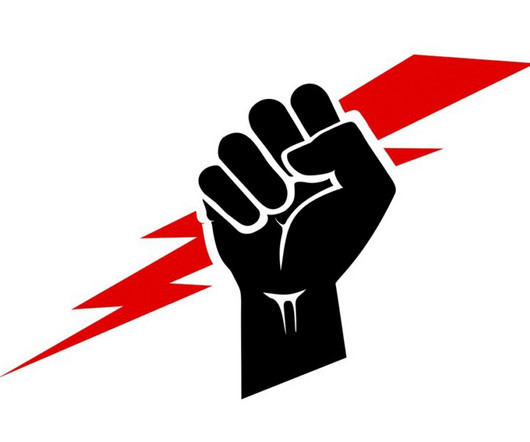Driving Change in Housing Policies With Advocacy and Organizing
Stanford Social Innovation Review
NOVEMBER 10, 2022
Advocacy and organizing for racially equitable housing policies is a cornerstone of building a just housing system in the United States. COVID-19 has exacerbated this crisis, and the country’s recent racial reckoning has heightened awareness of the need for racially equitable housing policies to support healthier communities.






















Let's personalize your content